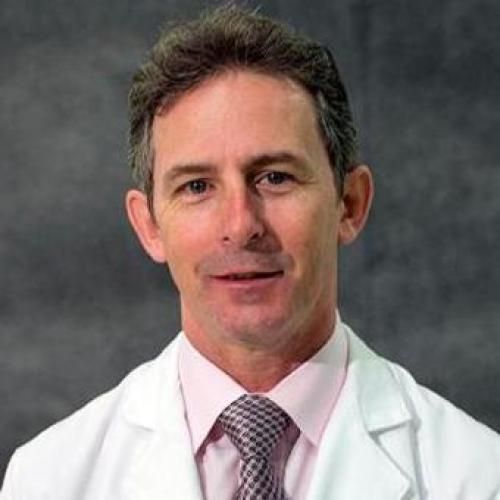
Forced vital capacity and not central chemoreflex predicts maximal hyperoxic breath-hold duration in elite apneists.
The determining mechanisms of a maximal hyperoxic apnea duration in elite apneists have remained unexplored. We tested the hypothesis that maximal hyperoxic apnea duration in elite apneists is related to forced vital capacity (FVC) but not the central chemoreflex (for CO2). Eleven elite apneists performed a maximal dry static-apnea with prior hyperoxic (100% oxygen) pre-breathing, and a central chemoreflex test via a hyperoxic re-breathing technique (hyperoxic-hypercapnic ventilatory response: HCVR); expressed as the increase in ventilation (pneumotachometry) per increase in arterial CO2 tension (PaCO2; radial artery). FVC was assessed using standard spirometry. Maximal apnea duration ranged from 807 to 1262s (mean=1034s). Average HCVR was 2.0±1.2Lmin-1mmHg-1 PaCO2. The hyperoxic apnea duration was related to the FVC (r2=0.45, p<0.05), but not the HCVR (r2<0.01, p>0.05). These findings were interpreted to suggest that during a hyperoxic apnea, a larger initial lung volume prolongs the time before reaching intolerable discomfort associated with pending lung squeeze, while CO2 sensitivity has little impact.
Duke Scholars
Altmetric Attention Stats
Dimensions Citation Stats
Published In
DOI
EISSN
Publication Date
Volume
Start / End Page
Location
Related Subject Headings
- Vital Capacity
- Time Factors
- Spirometry
- Reflex
- Physiology
- Hyperoxia
- Humans
- Breath Holding
- Apnea
- Adult
Citation

Published In
DOI
EISSN
Publication Date
Volume
Start / End Page
Location
Related Subject Headings
- Vital Capacity
- Time Factors
- Spirometry
- Reflex
- Physiology
- Hyperoxia
- Humans
- Breath Holding
- Apnea
- Adult

